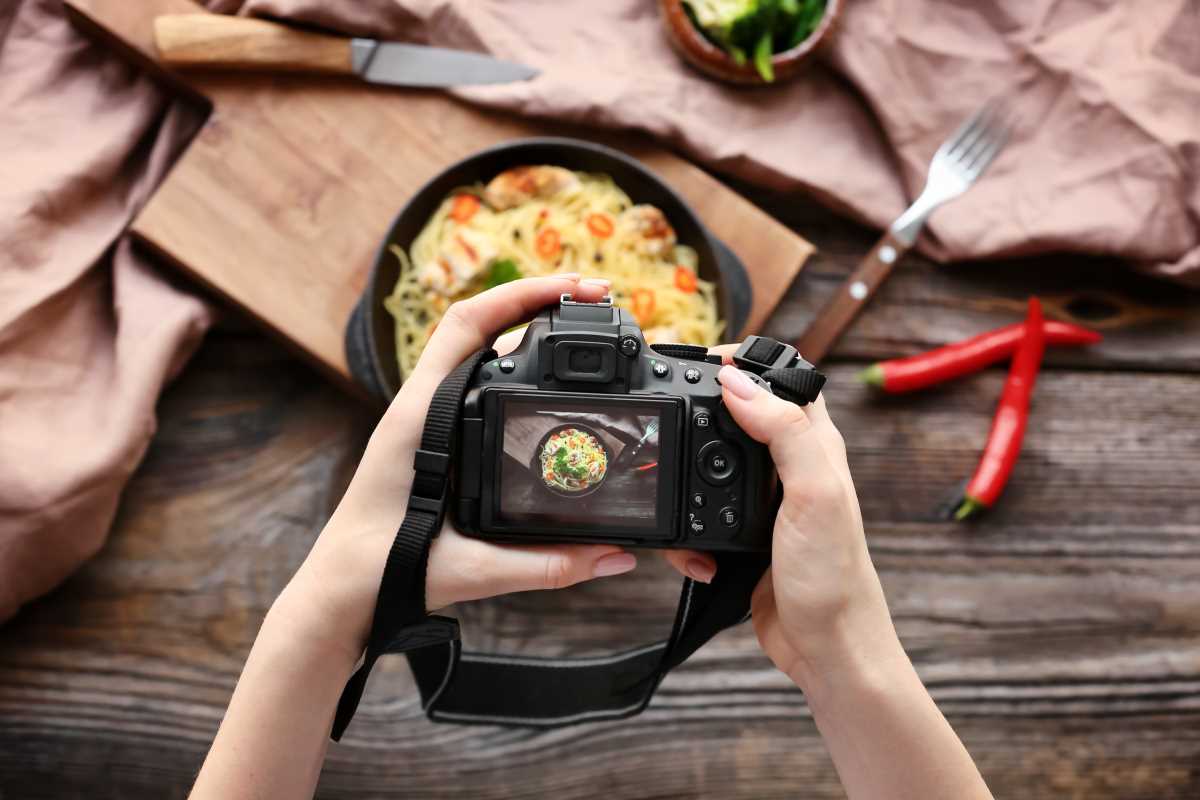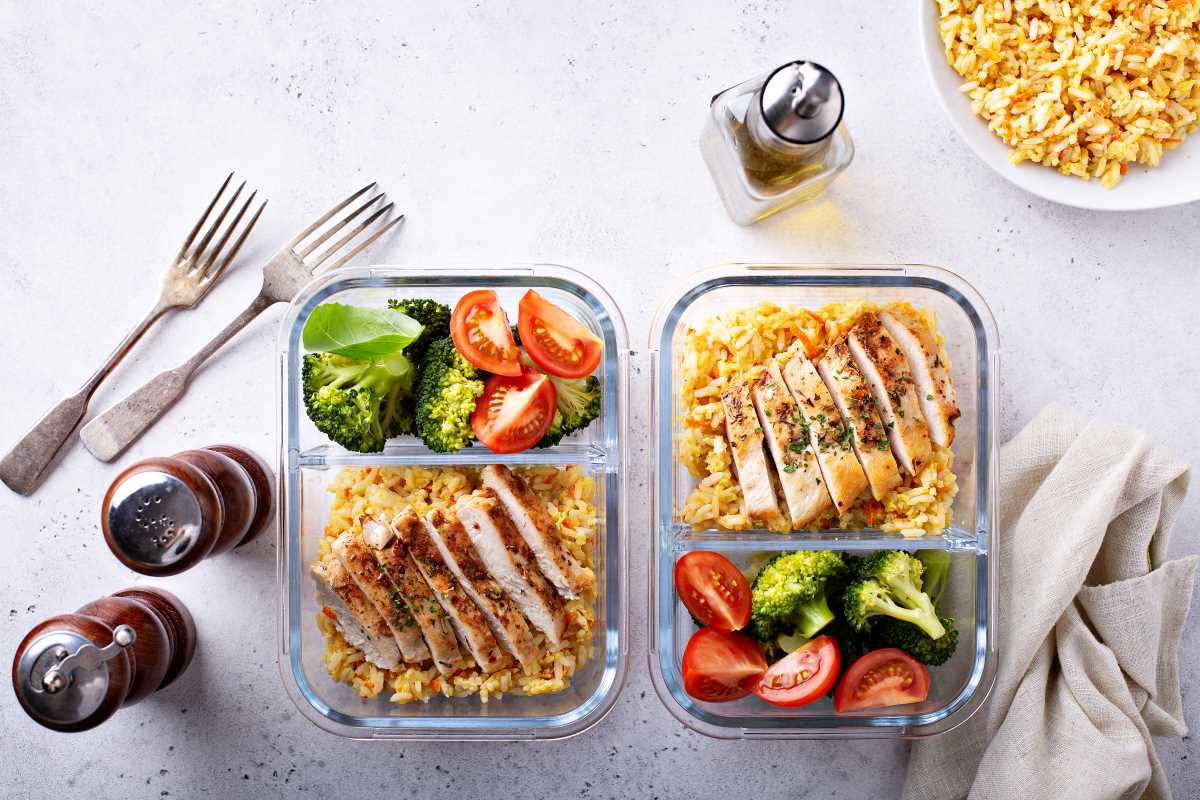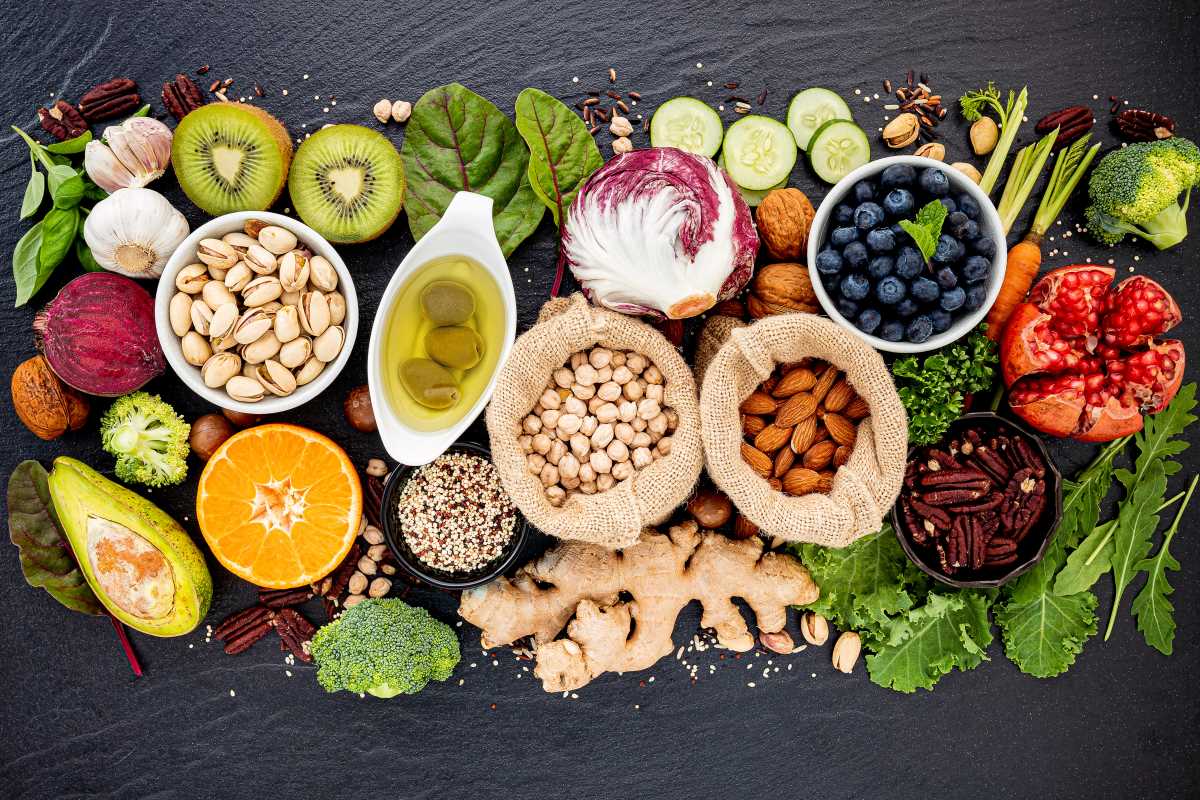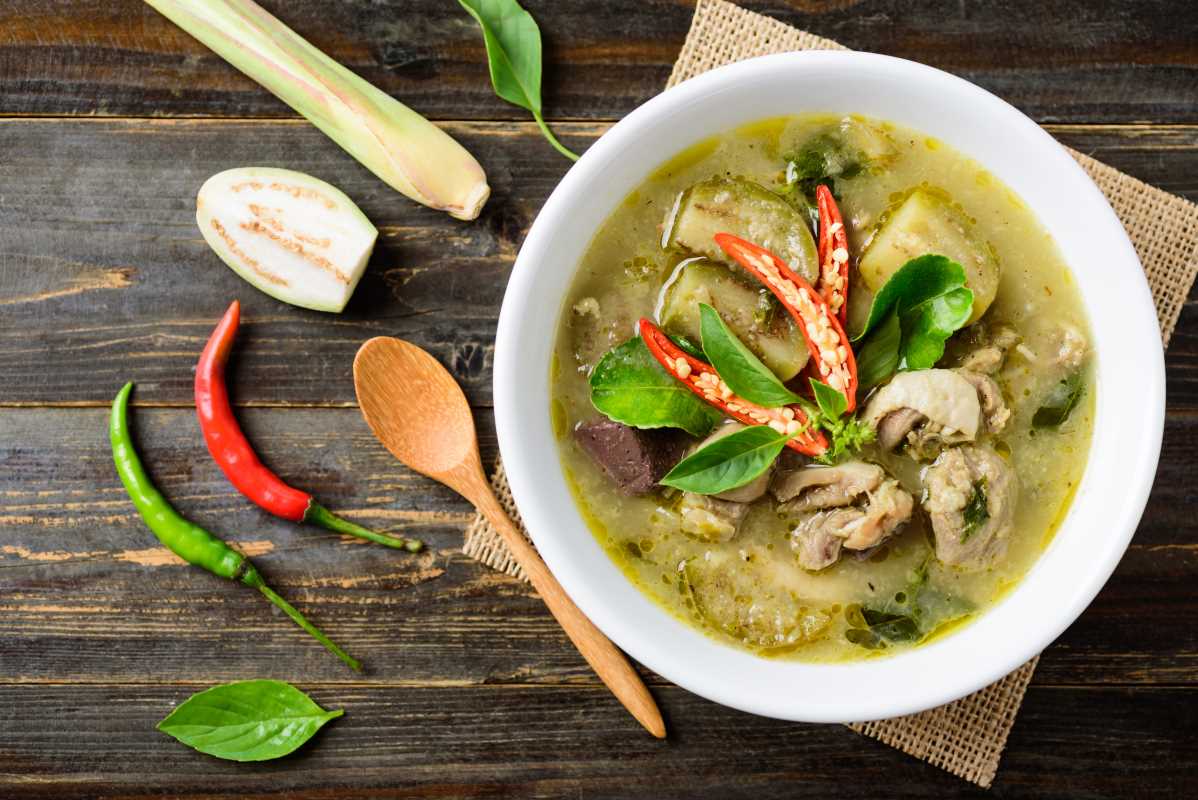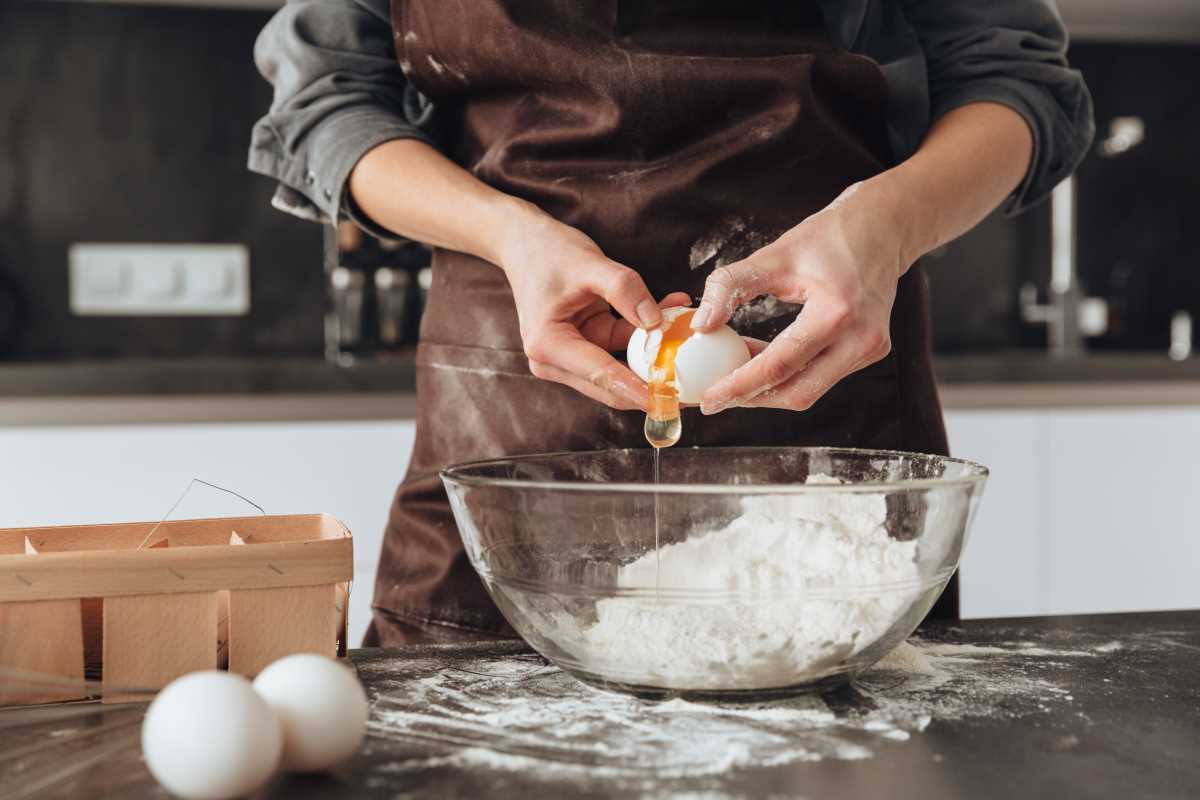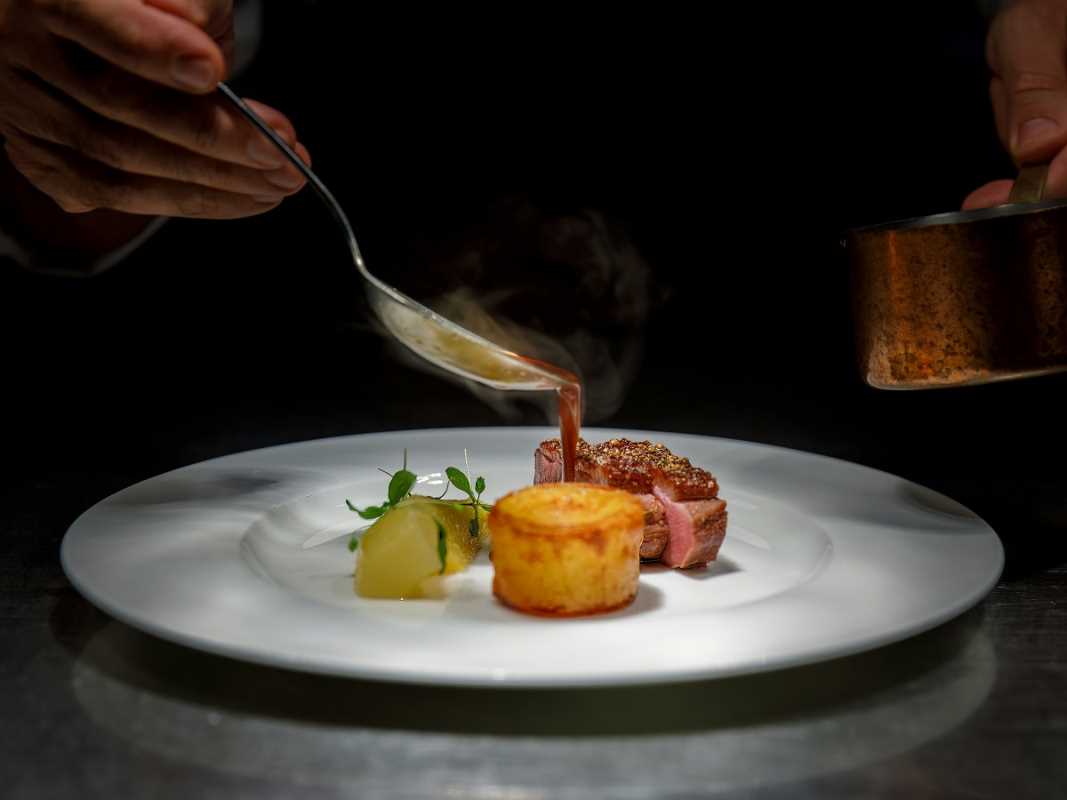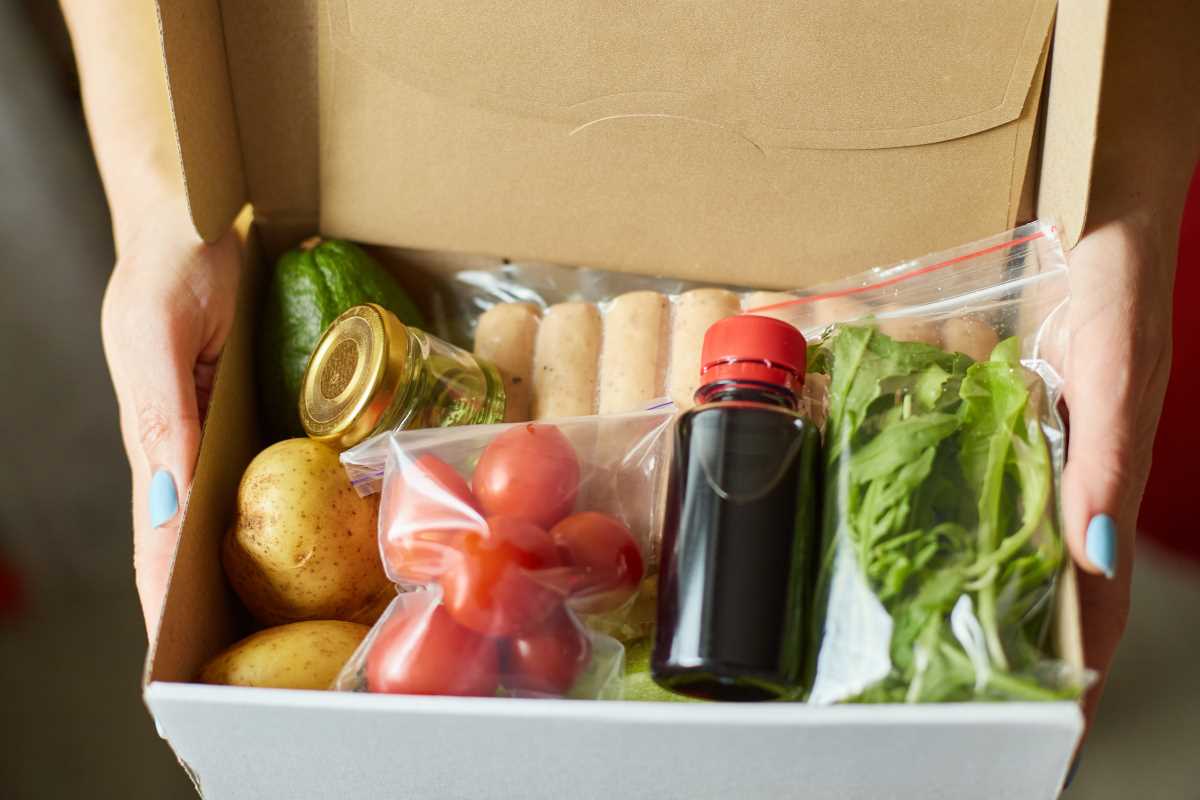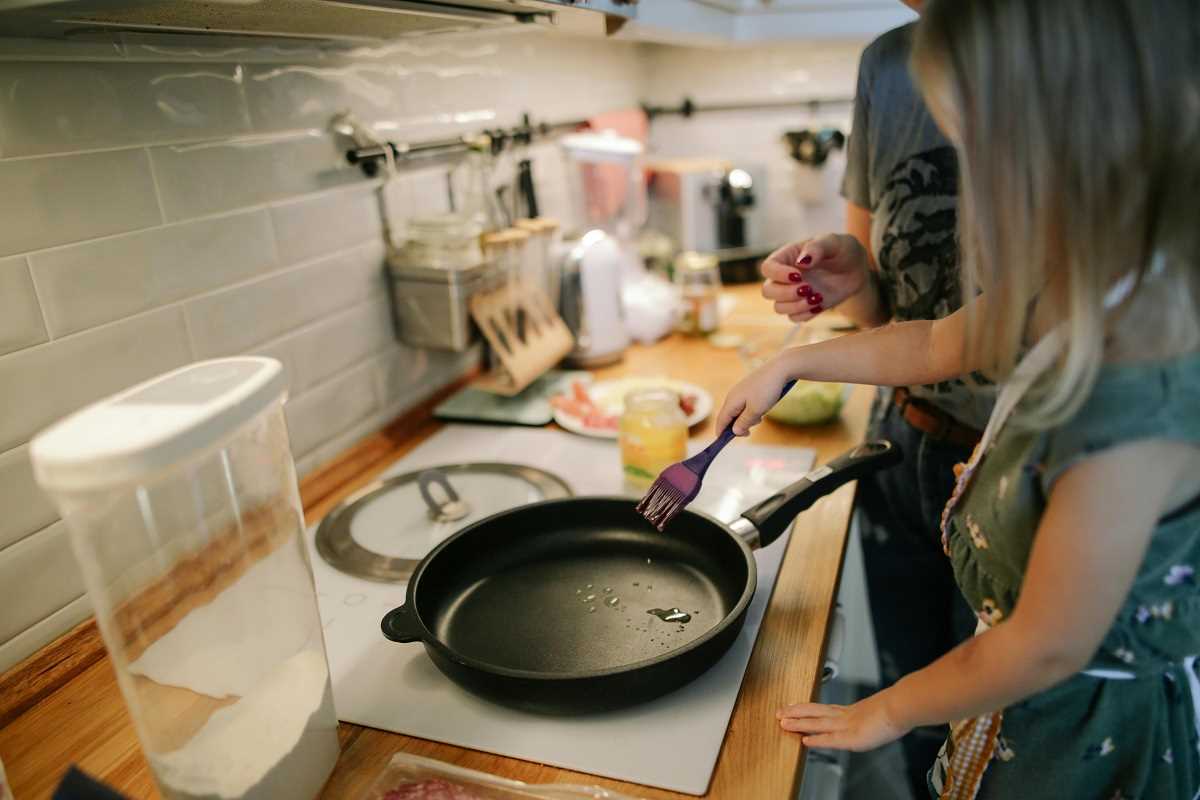Capturing the beauty of a dish through food photography brings each recipe to life, inviting viewers to savor the colors, textures, and details with their eyes before taking a single bite. Taking the time to compose the perfect shot highlights your cooking skills and reveals the attention you give every meal. Through each photograph, you share the warmth and effort that go into preparing something special, allowing others to connect with your kitchen from afar. Carefully chosen angles and lighting let the story of your food unfold, hinting at the delicious experience waiting on the other side of the lens.
Great photos invite curiosity and keep visitors exploring your blog. With a few smart techniques, you can create images that vividly portray your dishes and convey the artistry behind each meal. The right visuals build a strong, personal connection with your visitors and spark interest in your recipes.
The Power of Visual Storytelling in Food Blogging
Visual storytelling transforms everyday meals into immersive experiences. A well-captured photo does more than show the ingredients—it evokes emotions, tells a process, and encourages your audience to try a recipe for themselves. When you convey the story behind your dishes, your readers feel as if they are right there in your kitchen, experiencing the aroma and warmth firsthand.
Your images become the silent ambassador of your cooking style. By focusing on the subtle details—joyful moments during preparation, textures that speak of homemade goodness, and settings that reflect your comfort zone—you invite your audience to savor not only your food but also the passion behind it.
5 Proven Ways to Capture Irresistible Food Photos
Turning your kitchen creations into engaging photos can be easy with the right approach. Here are five practical techniques to help you create mouthwatering images that captivate your visitors:
- Embrace Natural Lighting: Shoot near a window or outdoors during the morning or late afternoon when the light is soft. This adds a warm quality to food shots and avoids harsh shadows.
- Experiment with Angles: Try photographing your dish from the top, at a 45-degree angle, or close up. Different perspectives can highlight textures and ingredients that might remain hidden with one standard shot.
- Focus on the Details: Use a shallow depth of field to draw attention to the dish’s intricate elements. Whether it’s the drizzle on a dessert or the crisp edge of a salad, focusing in on details makes a huge difference.
- Create a Story with Props: Simple props like a rustic fork, an elegant napkin, or a touch of greenery can add context and enhance the overall narrative of your food presentation.
- Keep it Clean and Simple: Let your food take center stage by choosing uncluttered backgrounds and minimalist styling. This clear focus draws attention to the deliciousness of your dish.
Each tip is designed to be simple and actionable. With these ideas, you can experiment with different techniques and find the style that best represents your culinary voice.
The techniques are easy to apply even during a busy day, so you can quickly snap some engaging photos that boost your blog’s appeal.
Simple Tools and Setups for Stunning Food Photos at Home
You don’t need a professional studio to capture great food images. With a few budget-friendly tools and some creativity, you can set up a mini studio right at home. These tools help simplify the process and make it easier to get consistent, high-quality results.
Investing in some basic equipment can have a big impact. Whether you are shooting with a smartphone or a simple digital camera, the right tools will help you capture each detail more clearly.
- Smartphone Camera with a high-resolution setting that offers versatility in shooting.
- Tripod or a stable mount to keep your camera steady and ensure crisp images.
- Ring Light or a basic desk lamp that provides extra illumination, especially when natural light isn’t available.
- Simple reflectors like a white foam board or even a large piece of white paper to bounce light effectively.
- Portable backgrounds or inexpensive fabric backdrops that add a creative touch without drawing focus away from the food.
Editing Tips to Make Your Food Photos Pop
A little editing can turn a good photo into a great one. Adjusting brightness, contrast, and saturation helps to bring out the natural colors and textures of your dish. Simple tweaks in these areas can make your food look even more appetizing by subtly highlighting its best features.
Using intuitive editing apps such as Snapseed or VSCO allows you to fine-tune your images without complicated processes. Don’t overdo it; a clean, natural look often works best. Keeping edits minimal maintains the authenticity of your culinary art and preserves the natural appeal of your dishes.
Leveraging Irresistible Photography to Boost Blog Engagement
Actionable steps can turn your enhanced food photography into heightened engagement. Sharing your visual creations across several channels helps expand your reach. Making sure every image is perfectly tailored for each platform keeps your audience connected and encourages them to revisit your blog.
When you share your photos, clearly highlight what makes your dish special and invite your audience to join the conversation. Simple sharing techniques can make your work more discoverable and generate buzz around your recipes.
- Post high-quality images on platforms like Instagram and Pinterest where visuals are key.
- Create short posts that explain the process behind your dishes, providing a behind-the-scenes glimpse.
- Engage with your community by asking questions, inviting suggestions, and sharing user-generated photos.
- Optimize image sizes and descriptions with carefully chosen keywords relevant to your food niche.
- Consider using stories or live streams to offer real-time insights into your cooking process.
Great photography forms the core of a compelling blog that not only shares recipes but also tells a vibrant story. The practical tips shared here offer a clear path to creating images that resonate with readers and invite them into your culinary world.
Experiment with lighting, angles, and editing to enhance your food photography. Even small changes can make your dishes look more vibrant in every shot.
